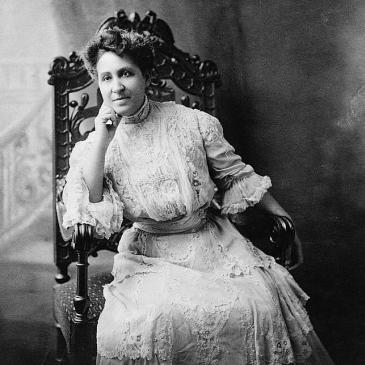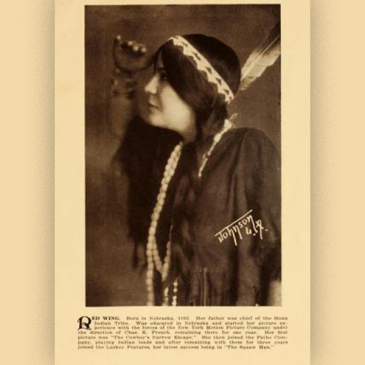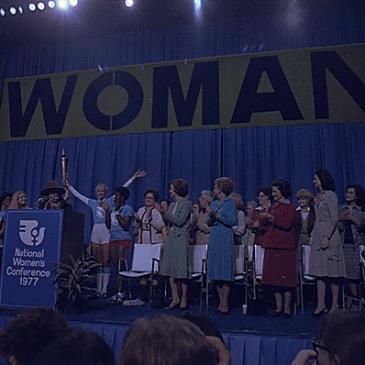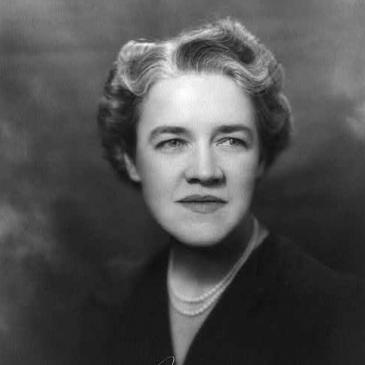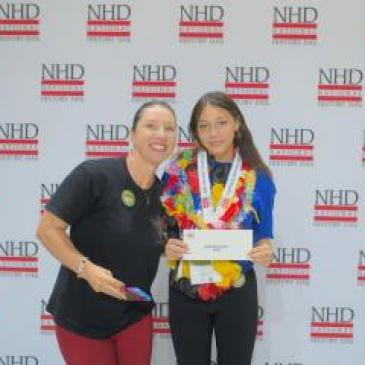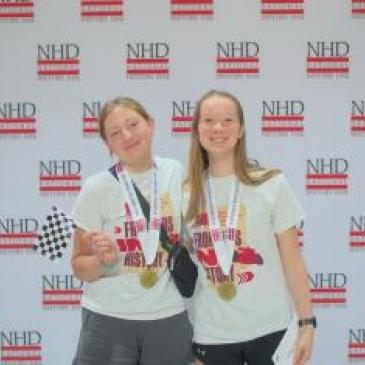
National History Day
Are you gearing up for National History Day? Whether you are just getting started picking a topic or need to find resources for your project, this is the right page for you! National History Day is not only about creating a great project, but about learning the process of writing history—finding a topic, doing the research, analyzing the evidence, and coming to a conclusion. The process is just as important as the final product! For that reason, we want to support YOU as you do the work of a historian!
Aren’t sure how to identify a topic? What's the difference between a primary and a secondary source? Where do you find reliable resources? How do you define a strong thesis? We have answers and suggestions below!
If you’ve read through and clicked on the links on this page and still have questions, we can help. The more research you do, the more help we can provide. Look through these resources and do your own searches – then, if you have specific questions about how to find certain resources or information, ask for help.
Email us questions such as, “Where can I find . . . ?” or, “Do you have suggestions for sources on . . . ?”. Don’t email us questions such as “What is the significance of . . . ?” “What should I know about . . . ?” “Why is . . . important to know about?” “Is . . . a worthwhile topic for National History Day?” (It's important for students to find answers through the research and writing process themselves -- remember, the process is as important as the final product!)
What's Your Topic?
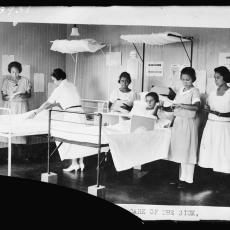
Explore by the event, topic, movement, or era of your National History Day project's focus.
Rights and Responsibilities in History
What is the theme of National History Day? What are the instructions?
The 2025 National History Day Contest theme is Rights and Responsibilities in History. The key to this theme is addressing BOTH rights AND responsibilities. These are two powerful forces in history, but one does not work without the other. Check out the resources below to learn more about this year's theme and get started on your project!
Learn more at the NHD website.
How do I find a topic?
First and foremost, try to pick something that interests you! It’s always good to have a topic that motivates you. Your topic can be a person, a movement, an event, etc.
When picking a topic, you want to keep in mind three important things:
- The National History Day theme and instructions
- Scope
- Number of reliable resources to support your project
When it comes to the theme, think about it this way: if the NHD theme is on U.S. women, it would not make sense to focus your project on a man.
When picking a topic, you want to make sure it’s something you can tackle in your chosen format—the scope. A topic should not be too big nor should it be too small. For example, trying to look at “all of human history” is too big of a topic for NHD, no matter the theme. You will not be able to go into enough detail to make a coherent argument or compelling project if you try to cover too much. Same if you try and focus in too small. If you pick, for example, to focus in on an individual person, thing, or small event, make sure you connect that person/event/thing to a broader context that will demonstrate its significance.
You also want to make sure that you can find enough information on your topic. If you can’t find good, reliable, accurate resources then the research process will be much harder and you won’t be able to produce as strong of a final project. Doing something original is always encouraged, but you need to make sure you can actually complete your project.
What is the difference between a secondary and a primary source?
Great question! Simply explained, Primary Sources are original documents or objects that were created at the time of your study. These can be diaries, government documents, books, photographs, films, newspapers, maps, etc. Secondary Sources are documents written about a topic or time period. They will retell, analyze, or interpret events through examination of primary sources. These can be text books, documentaries, scholarly writing, etc.
There are some instances in which a traditionally secondary source can be used as a primary source. If, for example, you were looking at the question “How has the teaching of U.S. Slavery in school changed in the 20th century?” A textbook published in 1950 and another in 2020 would be fantastic primary sources! Both were written at the time and therefore can be used as primary sources, even though they tell and interpret past events.
If you have more questions about primary vs. secondary sources, please see the following links:
What is a thesis statement? How do I write a good one?
A thesis statement is your argument. It should be specific, clear, concise, and compelling. It needs to be an argument, not a statement of fact. When trying to come up with a thesis statement, think about trying to answer “how” or “why” questions, such as “Why is this topic/person/event important?” “How did this topic/person/event affect things?” A good thesis statement would be: “The U.S. Woman’s Suffrage Movement is important because...” not “The U.S. Woman’s Suffrage Movement happened.” The second is a statement of fact and it does not help answer the questions of “how” or “why” and it cannot be disputed.
If you want more help, see the following links:
How do I find reliable resources?
A quick google search can be a good place to start. If you search for “Sojourner Truth,” you will get a lot of results. Not all of them are going to be useful or reputable, but you will get a lot that are. The footnotes on Wikipedia pages may link to reputable sources, but absolutely do not cite Wikipedia itself as a secondary source!!!! Anyone can edit a Wikipedia page, which means you do not know if the information is verified or accurate.
The Library of Congress, National Archives and Records Administration, National Women’s History Museum, the public libraries, and museums all have great lists of resources for you to start with. They also have a lot of primary sources (many of them are digitized) that you can use!
The Library of Congress created a guide specifically for teen researchers who want to use their digital or print materials. Check it out here.
Please look at our Resources Page for more help getting started.
Can I interview NWHM staff?
Because the National History Day Rule Book discourages participants from interviewing historians, the NWHM staff will not provide interviews.
How do I figure out if a website is a good source?
Websites can be tricky, and you have to make sure you are pulling information from good sources. The websites of museums, archives, libraries, and academic institutions are all safe to use. Look for websites ending with .org, .edu, or .gov. Even though these sources are generally safe to use, you should still double check!
If you are looking at the website of an institution or person you do not know, be careful. Make sure you look for citations (footnotes, endnotes, works cited pages) to see where the website writer is getting their information. If you don’t see citations, be wary of the website. Make sure you look for the writer—are they named? What else can you find out about them? Are they an expert on this topic? If you can’t find a writer, be wary of the website.
If you cannot understand what the source is saying—whether it’s the language, the vocabulary, or poor writing—don’t use it!
A perfect example is Wikipedia. Wikipedia is not a reliable, reputable, or accurate secondary source!!! Anyone can edit a Wikipedia page, which means they can add or delete any information regardless of accuracy. You do not know who is adding or deleting the information or why they are adding or deleting information from the page. Wikipedia is only useful for the footnotes at the bottom of the page or if you are using it as a primary source.
If you have more questions, visit this link.
Biographies
Resources
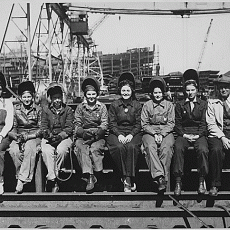
Explore all of the resources the National Women’s History Museum has created. There are lesson plans, biographies, posters, primary sources, and more. You can search by topic, theme, or resource type.
_________
Additional Resources from NHD:
|

